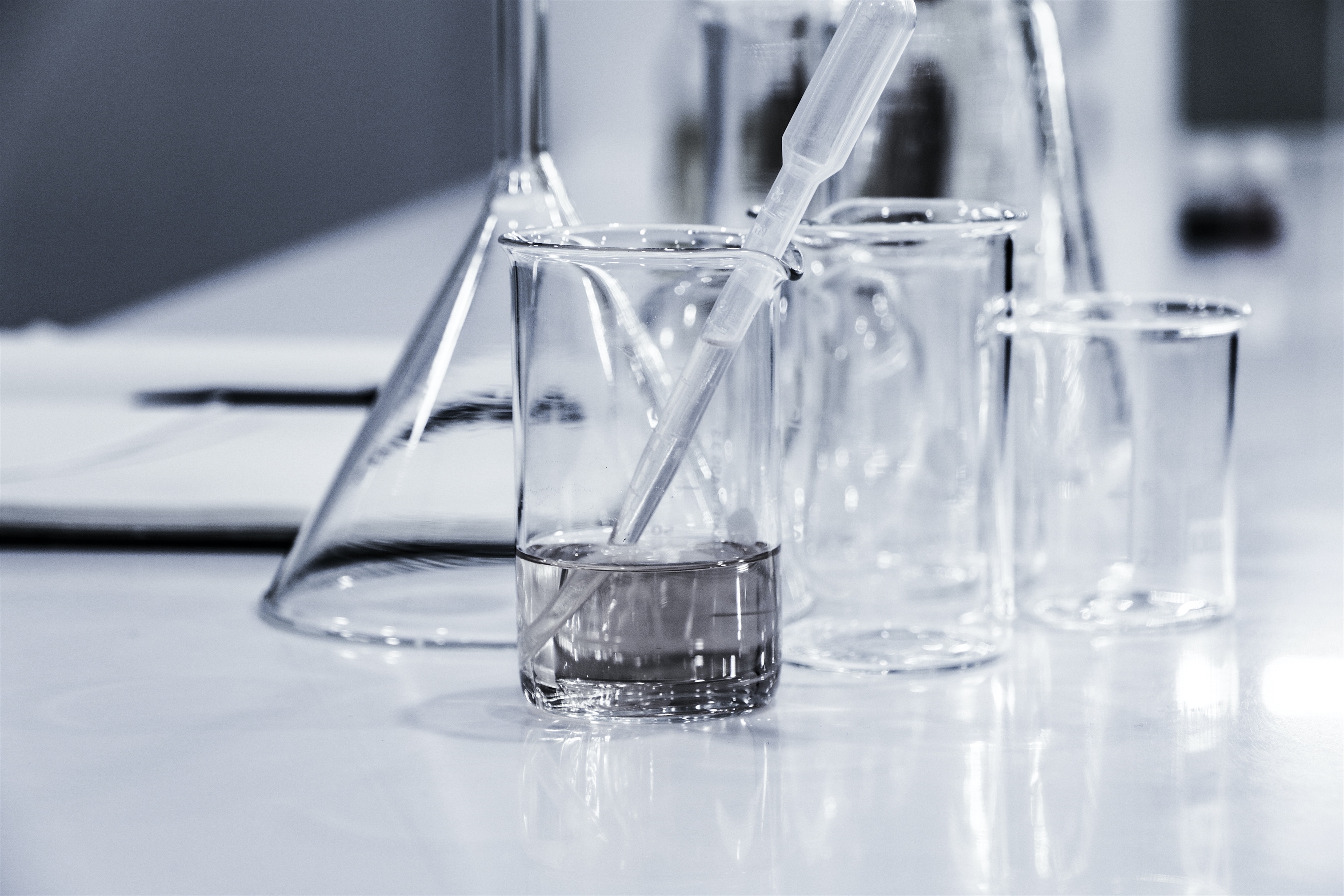Incompatibility of major chemicals
The risk of incompatibility between different chemical agents is related to their reactivity.
It is worth remembering that the potential consequences of accidental mixing may include:
• Fast chemical reactions or explosions
• Formation of flammable gaseous products
• Formation of toxic gaseous products
• Formation of hazardous products in contact with the skin
An uncontrolled increase in temperature can cause the mixture to exceed its flash point or cause an increase in the vapour pressure of the system.
In this regard, it is essential to read the information on the hazard and reactivity characteristics of individual substances and any incompatibilities can be found in the literature and/or in the safety data sheets of individual products.
Many chemicals commonly used in laboratories react dangerously when they come into contact with each other. Some of these are incompatible and are listed below, but they constitute only a non-exhaustive example.
Product Store separately from:
Acetylene: Chlorine, bromine, copper, fluorine, silver, mercury
Acetone: Nitric acid, sulphuric acid, hydrogen peroxide, chloroform, bromoform, alkali metals
Strong acids: Strong bases
Acetic acid: Chromic acid, nitric acid, perchloric acid, peroxides, permanganates, ethylene glycol
Hydrogen: cyanide Nitric acid, alkali
Chromic acid: Acetic acid, camphor, naphthalene, glycerine, turpentine, alcohol, flammable liquids
Hydrofluoric acid: Ammonia
Concentrated nitric acid: Acetone, aniline, acetic acid, chromic acid, hydrogen sulphide, flammable liquids and gases
Oxalic acid: Silver, mercury
Perchloric acid: Acetic anhydride, bismuth and its alloys, combustible organic substances
Sulphuric acid: Chlorates, perchlorates, permanganates of alkali metals
Ammonia (anhydrous): Mercury, chlorine, calcium hypochlorite, iodine, bromine, hydrofluoric acid
Ammonium nitrate: Acids, metal powders, flammable liquids, chlorates, nitrites, sulphur, finely divided combustible organic substances
Aniline: Nitric acid, hydrogen peroxide
Silver: Acetylene, oxalic acid, ammonia compounds, tartaric acid, fulminic acid
Bromine, chlorine: Acetylene, ammonia, butadiene, butane, methane, propane (and other petroleum gases), hydrogen, sodium carbide, turpentine, benzene, finely divided metals
Calcium oxide: Water
Activated carbon: Calcium hypochlorite, all oxidising agents
Chlorates and perchlorates: Ammonium salts, acids, metal powders, sulphur, finely divided combustible substances
Chloroform: Acetone, alkalis, fluorine, metals, methanol
Fluorine: Each substance
Phosphorus (white): Air, oxygen
Hydrazine: Peroxide
Hydrocarbons: Fluorine, chlorine, bromine, chromic acid, peroxides
Hydrogen sulphide: Nitric acid fuming, oxidising substances
Iodine: Acetylene, ammonia (anhydrous or aqueous), hydrogen
Flammable liquids: Ammonium nitrate, inorganic acids, hydrogen peroxide, halogens, sodium peroxide
Mercury: Acetylene, fulminic acid, ammonia
Oxygen: Hydrogen, all combustible or flammable substances
Organic peroxides: Acids (organic or mineral)
Hydrogen peroxide: Copper, chromium, iron, most metals and their salts, alcohol, acetone, aniline, combustible or flammable substances
Potassium permanganate: Glycerine, ethylene glycol, benzaldehyde, sulphuric acid
Copper: Acetylene, hydrogen peroxide
Sodium nitrite: Ammonium salts
Sodium peroxide: All oxidisable substances (alcohols, glacial acetic acid, benzaldehyde, carbon disulphide, etc.)

